The long awaited Sony A7S III Digital Camera Body was announced five years after the launch of the immensely popular A7S II. It is equipped with a newly designed BIONZ XR Processing engine which provides up to an 8x faster performance over previous models. It has an AF system with an incredible 759 on-sensor phase decision points which is capable of real-time eye tracking of both humans and animals when shooting both video, and stills. This camera demonstrates Sony’s ability to deliver stunning imaging quality and professional performance in one body.
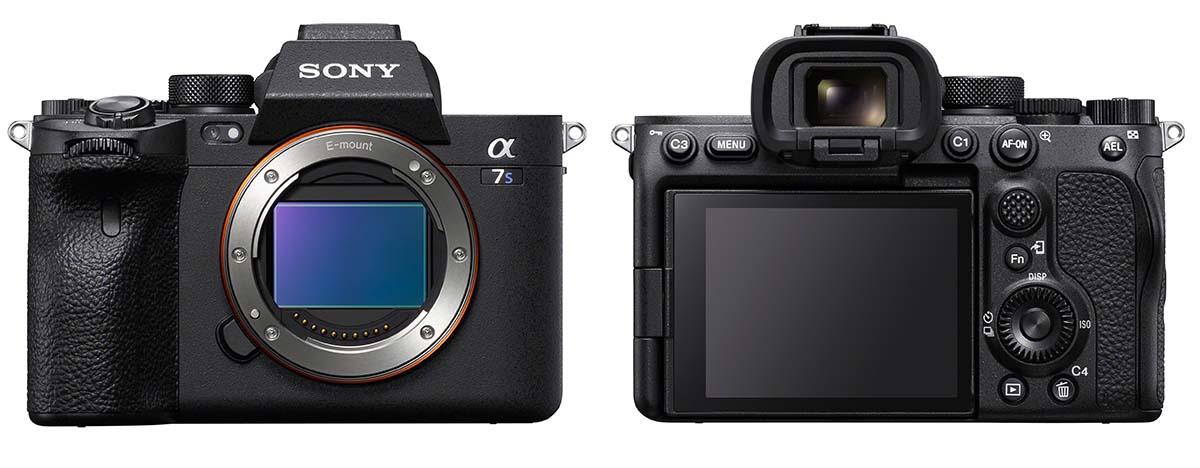
Recording Capabilities
The Sony A7s III is designed for complete video flexibility and it is packed with features that allow for this. The camera is capable of capturing 4k video without any crop, All-I, up to 120p with 4:2:2 10-Bit codec in H.264. The HD 1080p video is just as impressive, recording up to 240fps internally. The camera is capable of 16 Bit RAW transfer via HDMI for use with external recorders. Sony has introduced new colour science: S-Log Fx9 colour matching, as well as new codecs including XAVC S, H264(AVC), nXAVC HS and H265(HEVC). These features allow you to capture and produce extremely high-quality and professional-grade footage.
For photography the improved colour reproduction and support for HEIF still format further increases the creative scope of this camera. HEIF support, however, does require software/a working environment that supports HEIF for display and editing.
BSI Sensor and BINOZ XR Processor
Two key components that the Sony A7s III possesses must be discussed. These are the newly developed BINOZ XR Image Processor and the 12MP BSI Exmor R Imaging Sensor.
The BINOZ XR processing engine provides approximately 8x faster performance than previous models for fast, efficient video and still image recording. The 8x faster processing combined with the 2x faster sensor read-out speed makes recording 4K video at such high quality possible.
12MP BSI Exmor R Imaging Sensor
The goal of the A7S series is to demonstrate Sony’s mastery of sensitivity. The sensor is a 12 megapixel full-frame back-illuminated sensor.
Twelve megapixels on a full frame sensor is not, by 2020 standards, a super-high resolution sensor. However each pixel takes up space on a sensor so a 12 megapixel camera can have a larger surface area per pixel for more light-gathering potential.
Back-illumination is a sensor construction technology that puts the wiring of each pixel behind the pixels so that the front surface can gather light with no obstructions. It may seem counter-intuitive but a lot of CMOS sensors have their (microscopic) wiring on the face of the sensor which obstructs some of the light, removing this wiring from the sensor surface dramatically improves light gathering power of a sensor.
In the A7S III the sensor has an incredible ISO range from 80 to 102400, expandable from 40 to 409600. This is a huge range and allows for comfortable shooting of a vast range of lighting conditions. The camera also has an impressive 15-Stop Dynamic range. The new sensor unit has a 2x faster readout speed, provides impressively fast and responsive operation.
All-Improved AF
Fast Hybrid Autofocus the Sony A7S III, is a first for the Sony A7S Series of cameras. It is available in all recording formats and works with over 50 native Sony E-Mount lenses. The AF system also boasts Real-time Eye and Tracking AF. Real-time eye tracking has a 30% recognition improvement for noticeably improved eye tracking. The vari angle LCD screen enables useful touch-tracking.
The improved AF system provides 92% AF coverage across the sensor thanks to 759 phase-detection points and 425 contrast-detection points when shooting still images (shooting mode dependant). To compliment the excellent low-light performance of this camera, the EV performance of the autofocus has been improved to allows effective AF down to EV-6. Another upgrade, is the ability to capture 10fps continuous burst capture with accurate tracking (AF-C) and AF-S focus.
Stable Shooting
To accompany the improvements to autofocus and recording spec of the Sony A7S III, Sony has incorporated a 5-Axis optical in-body image stabilisation system providing up to 5.5 stops of stabilisation. In addition users can enable the electronic stabilisation within the camera’s intelligent active mode for additional digital stabilisation, this mode runs with a x1.1 crop.
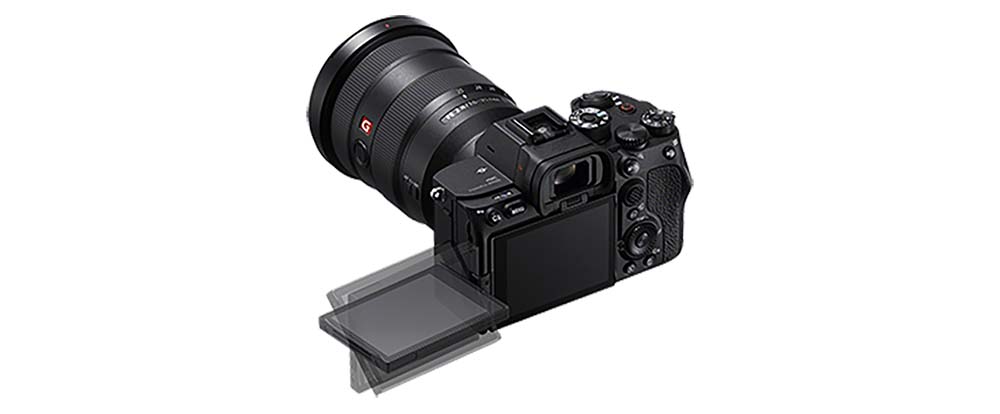
9.44 Million dot QXGA OLED Tru-Finder + Vari-Angle LCD
The articulating touch-screen LCD is a welcome addition which offers more flexibility when shooting handheld, for reaching over crowds or composing a low angle shot. The menu has been re-designed for easier access to video and stills settings, and is touch screen compatible for fast control changes and touch-focus tracking. The viewfinder is a 9.44 Million dot QXGA OLED Tru-Finder which offers the highest resolution EVF in the Sony Alpha camera line-up, providing crystal clear images for live shooting or checking through your footage.
High-Speed
The A7s III is fast. The camera can shoot stills at 10fps with full AF-C/AF-S operation. It can store 1000+ uncompressed RAW files, directly onto UHS II SD cards, the dual memory card slots are compatible with new CFexpress Type-A cards for even faster read and write speeds. The high speed media available indicates the true processing power of the camera. The impressive processing enables high speed image and video capture, and powers the remarkable auto focus engine.
Heat Management
Recording at such a high quality and speed can heat up camera as the systems and components are working at full capacity. The Sony A7S III, however, is equipped with a re-engineered heat management construction to enable up to hour-long 4K 60p recordings. The optimised heat dissipation structure is 5 times more effective than earlier models!
Colour Profiles
The Sony A7s III features 10 colour profiles, including 4 new options:
- FL (film-like tone)
- IN (Instant Camera Tone)
- VV2 (Vivid & Bright Colour)
- SH (Soft & Highkey)
These options are accompanied by 8 parameter image controls which include: saturation, contrast, shadow, highlight, fade, sharpness, sharpness range and clarity. The profiles and parameter controls allow for complete creative control when shooting.

To place an order, or to find out more about the kit, contact our sales team on 020 7582 3294 or email sales@fixationuk.com

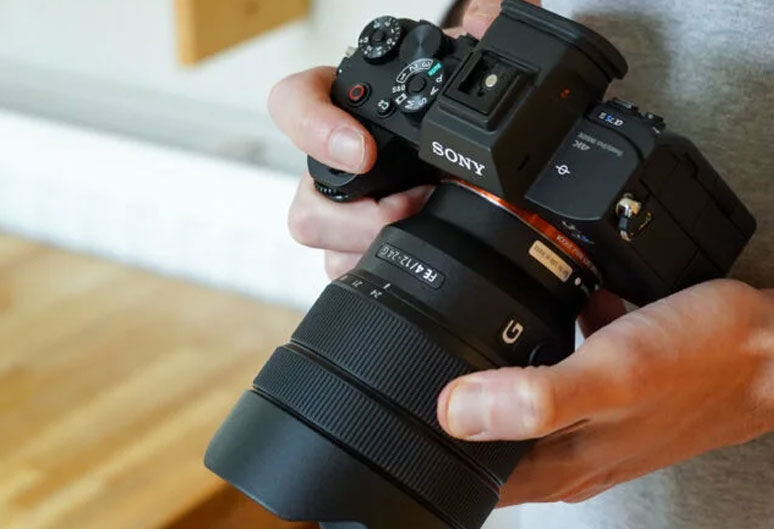
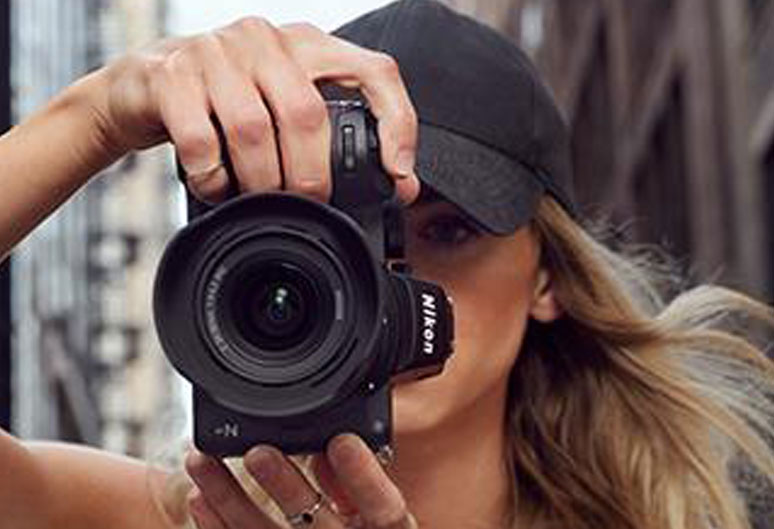
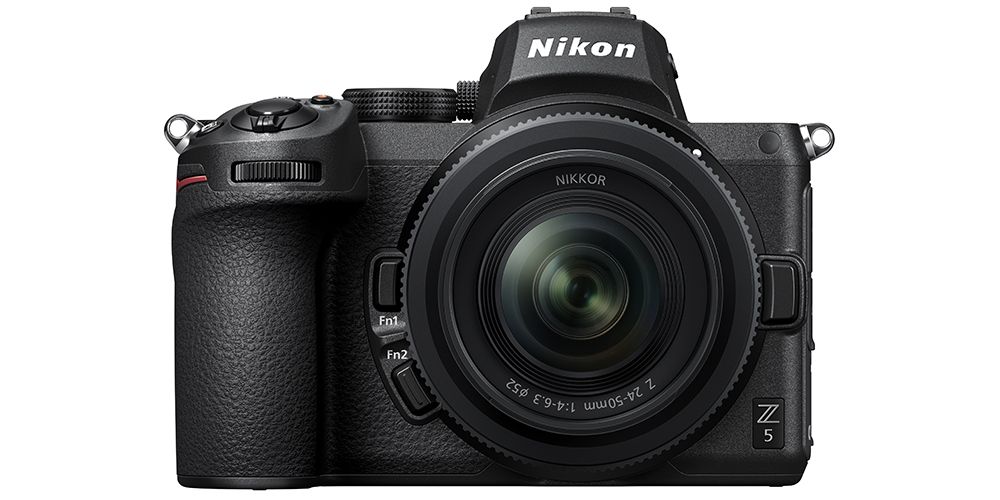
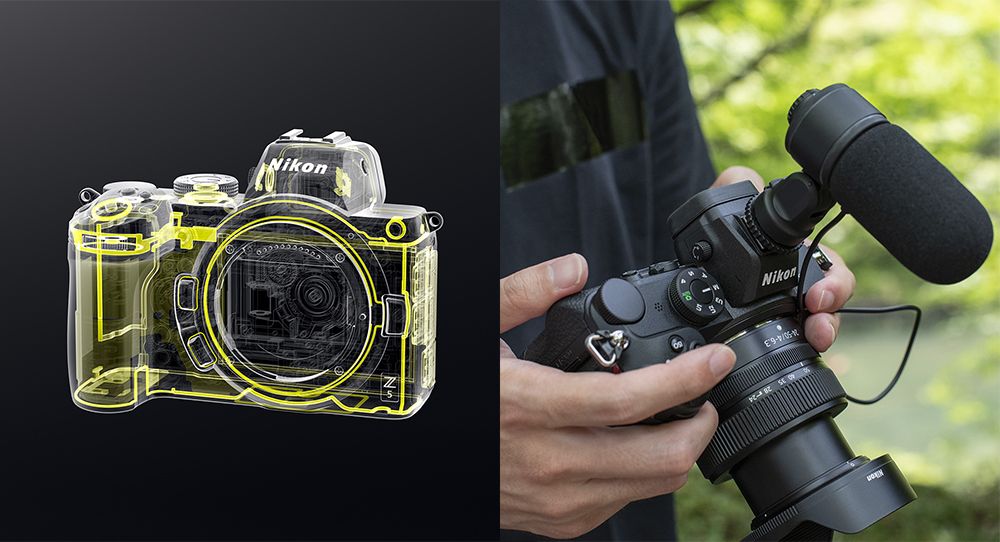
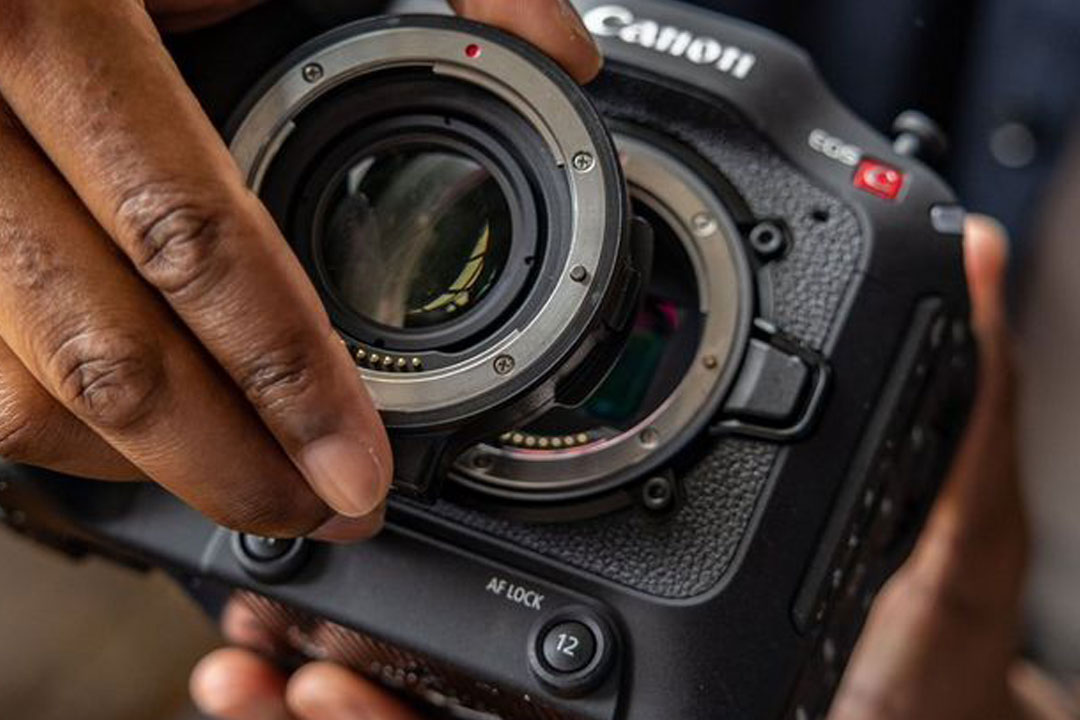
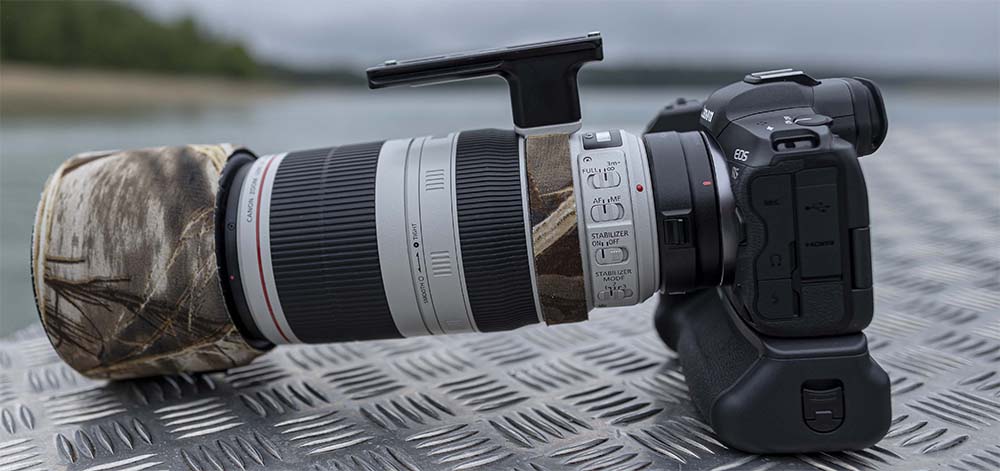


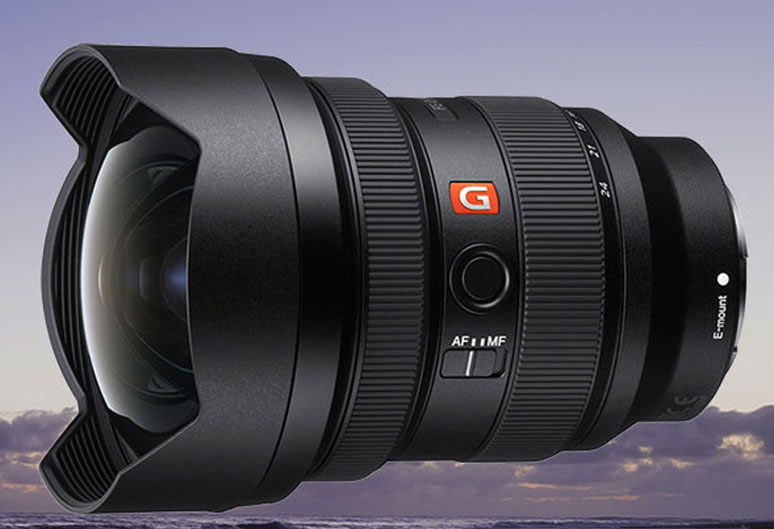
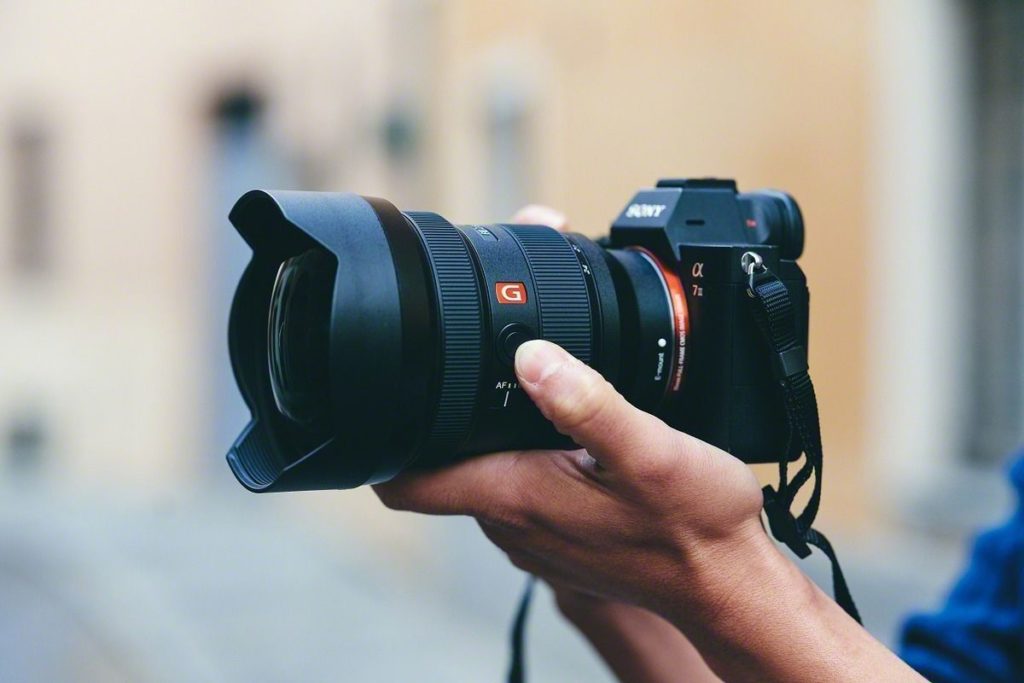
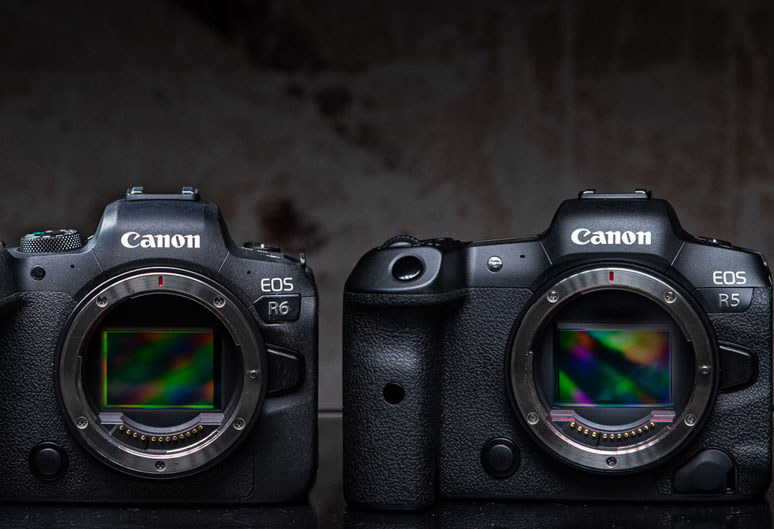
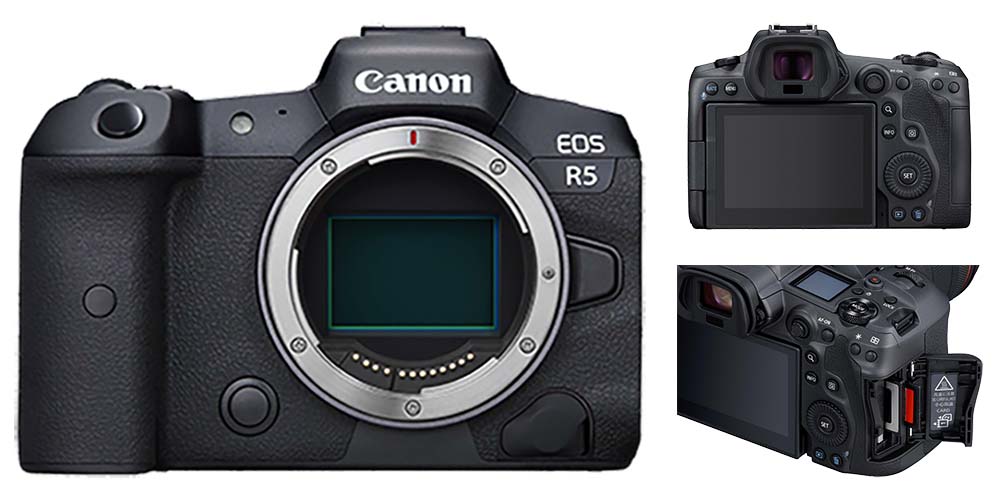

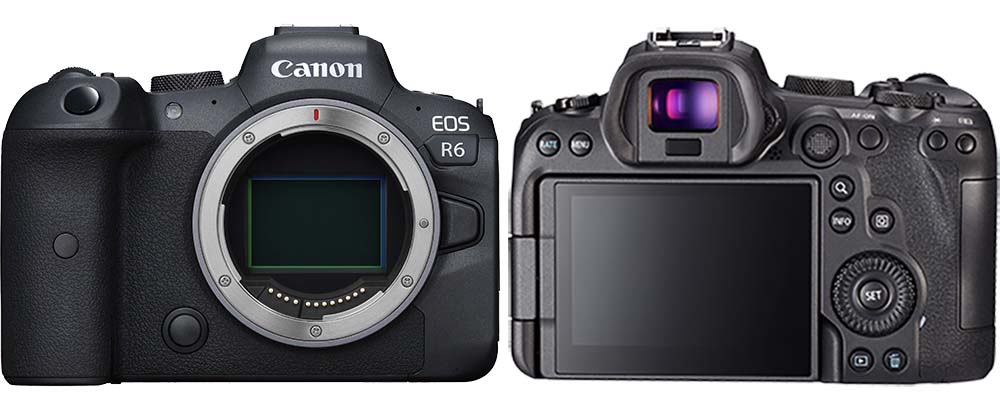 Launch Price: £2499
Launch Price: £2499